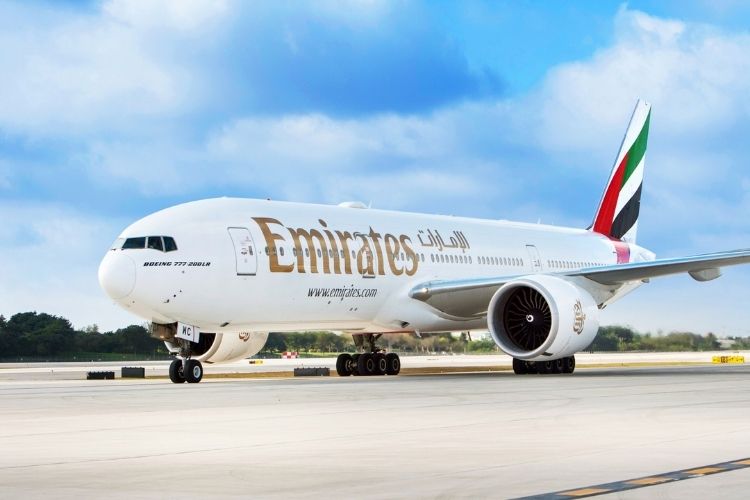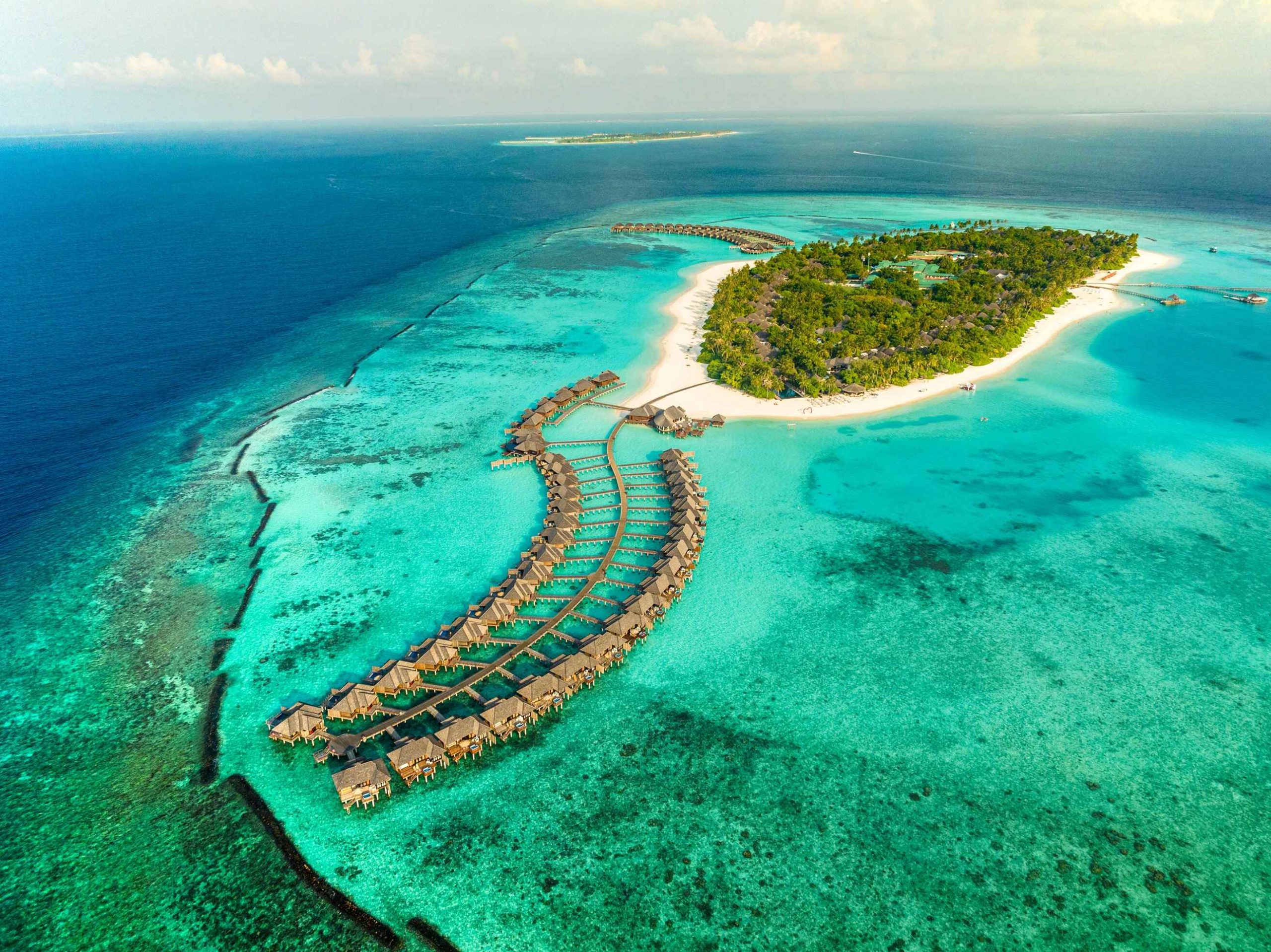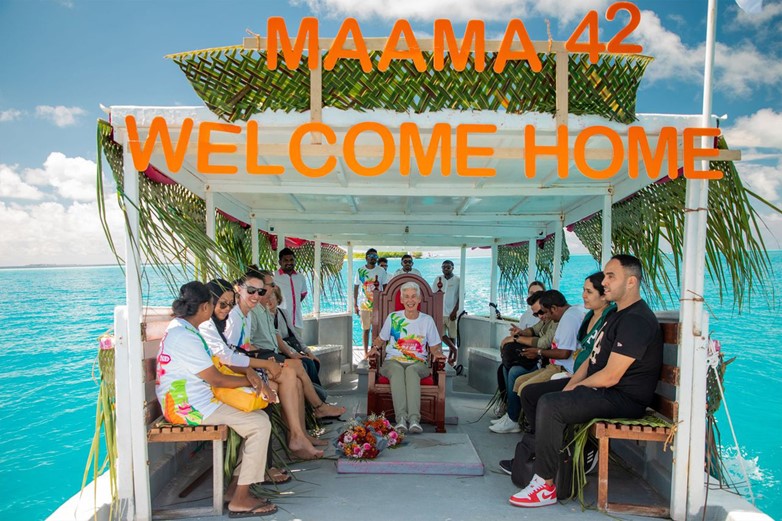Emirates is offering UAE travellers the chance to book their Eid or summer break to the Maldives with special fares. According to Emirates, the fares start from AED 3,495 in Economy Class, and AED 8,555 in Business Class.
This exclusive offer is valid for bookings made from now until 25 April 2021 for travel until 31 July 2021. In addition to the fares, travellers can also plan their ideal Maldivian getaway with Emirates Holidays; which starts from AED 4,389 per person for a three-night stay package at a four-star hotel.
Currently, the flag carrier of UAE operates 28 weekly flights to the Maldives.
The Maldives is a trendy destination among UAE travellers for a long weekend break. Or an extended holiday with convenient, short flight timings, idyllic weather, crystal blue waters and pristine beaches.
The private island resorts of the Maldives offer unique experiences catering to almost every type of traveller, from world-class water sports and diving, relaxing spa experiences, dining under the stars and much more. Undoubtedly, this is the place to create your memories in 2021.
Also read: Emirates Skywards Rolls Out Exclusive Double Tier Miles Offer for Members
According to Emirates, the airline remains focused on taking the stress out of travel. Furthermore, Emirates led the industry in protecting the health of its customers to ensure a feeling of safety and confidence when deciding to fly. Customers of the airline travel with the assurance that the latest health and safety measures are in place at every step of the journey.
Emirates continues to lead the industry with innovative products and services that address traveller needs during a dynamic time. Recently the airline took its customer care initiatives even further with even more generous and flexible booking policies, an extension of its multi-risk insurance cover, and helping loyal customers retain their miles and tier status.
Feature image by Emirates







